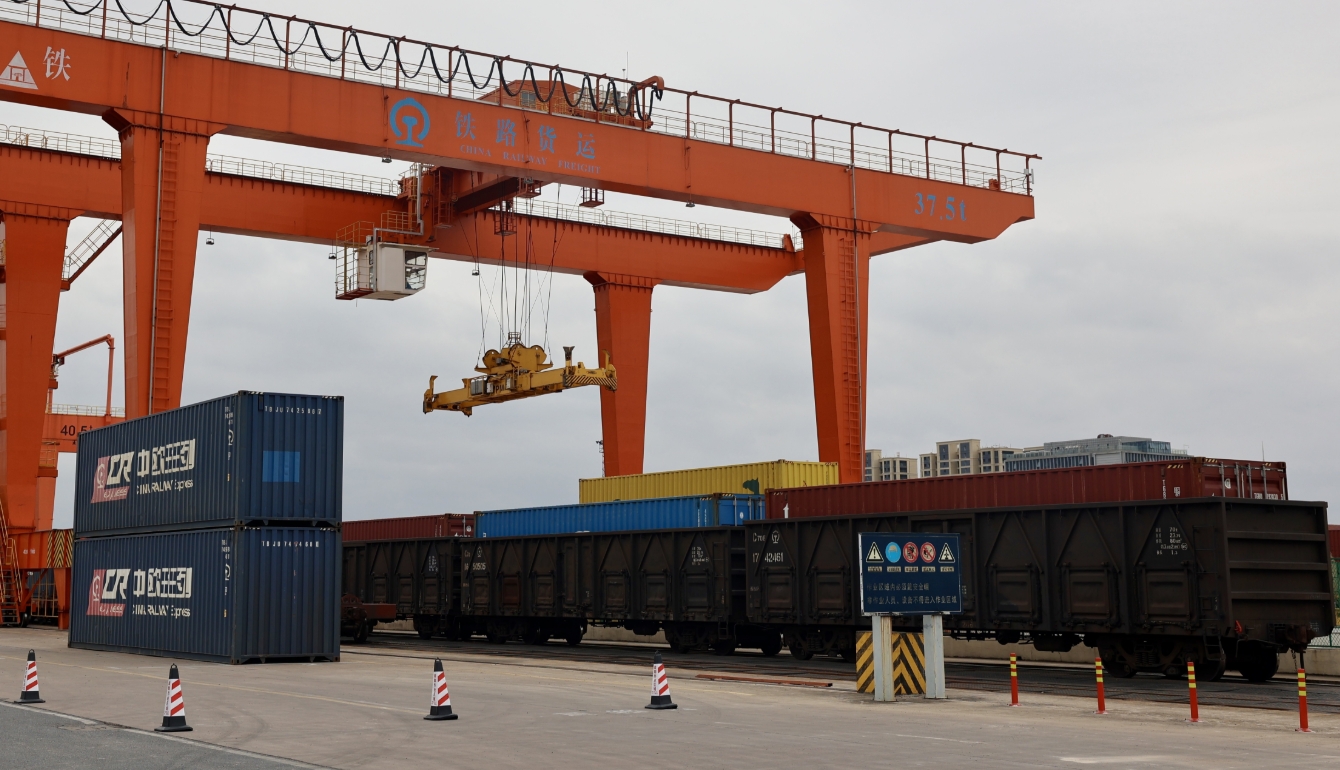Foreign tourists in China are increasingly opting for small towns over big cities, seeking unique adventures, cultural experiences, and authentic local encounters.
China’s online travel platform Qunar reports a clear shift this summer. More foreign tourists are not only visiting Beijing and Shanghai but also heading to smaller cities. Their travel style is shifting from quick sightseeing to more in-depth, local experiences.
This summer, international flight bookings on Qunar covered 144 Chinese cities, 16 more than last year. New destinations include Ganzi in Sichuan, Zhangye in Gansu, Anqing in Anhui, Enshi in Hubei, and Aksu in Xinjiang. The fastest growth came from third-tier and smaller cities, showing a new appetite for hidden landscapes and authentic culture.

Small Cities and New Travel Patterns
High-speed rail has become the preferred mode of transportation for foreign tourists exploring China. Indonesian bookings rose 2.5 times compared with last year. Travellers from Malaysia, Australia, Canada, and the UK more than doubled their bookings. Many British visitors, in particular, enjoy comparing China’s high-speed rail to their system at home. For them, the train ride is part of the experience, not just a means of transportation.
Smaller cities also offer unique shopping opportunities. Yiwu in Zhejiang, known as the “world’s supermarket,” saw international flight bookings rise 2.6 times. Visitors from Vietnam and Indonesia drove much of the surge, with both groups increasing by more than threefold.


Homestays and Local Immersion
Homestay data from Tujia also reflects this trend. Small towns with strong ethnic culture, such as Diqing in Yunnan and Ili in Xinjiang, are now among the most popular. This summer, Diqing hosted travellers from the US, Malaysia, and Singapore. Demand is also rising quickly in Baoshan, Yunnan, and Turpan, Xinjiang, where foreign homestay bookings more than doubled. Tongren in Guizhou and Longyan in Fujian also experienced growth of 63% and 50%, respectively.


Foreign guests are opting for more than just standard apartments. Loft duplexes, boutique guesthouses, villas, and old Western-style houses accounted for more than a quarter of all Tujia bookings this summer.
One vivid example comes from Huanggang, a Dong ethnic village in Guizhou. The town, with over 400 wooden stilted houses, dates back to the Song Dynasty and is home to about 1,800 residents. More than 500 old wooden granaries once stored rice; today, many have been converted into guesthouses. “The granary rooms are especially popular. Some French guests have already booked for next year,” said Tang Xixi, who works at a local homestay cluster. The unique setting—featuring living traditions, wooden houses, and century-old granaries—offers visitors a rare cultural immersion experience.
Ancient Architecture and Cultural Tourism
Interest in traditional Chinese architecture is also rising among overseas visitors. At Baoguo Temple Ancient Architecture Museum in Ningbo, William, a tourist from the UK, was amazed by the intricate mortise-and-tenon joints that secure the wooden brackets together and support the temple roof. “I admire the ancient wisdom of China,” he said. To him, the structures represent outstanding achievements in aesthetics, mechanics, and architecture.

Cultural products are also shaping travel choices. The Chinese animated film Nobody (浪浪山小妖怪) boosted tourism in Shanxi. Qunar data shows that international flight bookings to Datong jumped ninefold, the fastest growth in the country. The trend is similar to how the Harry Potter films inspired trips across the UK, linking pop culture with tourism.

Visa-Free Travel Expands Possibilities
According to Qunar’s research team, the expansion of China’s 240-hour transit visa-free policy gives foreign visitors more time to explore. At the same time, better transport in smaller cities makes travel easier. Together, these changes are turning “small-town exploration” into a new wave of inbound tourism.
Official figures also show the broader impact of easier entry. In the first half of 2025, 13.64 million foreigners entered China visa-free, representing a 53.9% year-on-year increase.

From landmarks in big cities to stories hidden in small towns, foreign visitors are discovering a more authentic and diverse China.
If you liked this article, why not read: How to Have a Better China Travel Experience











